EUROPEAN UNION

GLOBAL PROJECT
The Dutch Provinces of South Holland, Gelderland, North Brabant and Limburg, together with the national Ministry of Infrastructure and Water Management, the Port of Rotterdam and the so called ‘Topsector Logistics’, havedeveloped a comprehensive infrastructure vision named “Topcorridors”. This vision aims to develop the transport corridors in the East and in the Southeast of the Netherlands to become Europe’s most sustainable and innovative transport corridors.
The Topcorridors, among others, connects the multimodal freight hub of Rotterdam with that of Duisburg and Antwerp. In addition, the Topcorridors region contains several important urban nodes and vital multimodal transport hubs. The Topcorridors include and connect all relevant freight transport modes, being rail, waterways, and road. The Dutch inland waterways are crucial for freight transport in the region, as well as on the European level, where the Topcorridors are benefitting the TEN-T Core Network and the TEN-T Corridors. The Topcorridors geographical position makes it an essential connection between the TEN-T main port of Rotterdam and other urban nodes and multimodal hubs in the European hinterland.
Topcorridors programme and its ambition
Optimal and sustainable management of freight transport will be one of the most important challenges over the coming decades, both for the logistics and shipping industries and for the authorities at various levels (federal government, provinces, and municipalities). Efficient and safe freight flows and logistics are essential for sustainable growth and competitiveness of the Topcorridors regions as well as for Europe. For the development of excellent freight transport corridors, a sustainable economic approach that includes the public and private sectors is a critical pre-condition.
Within the Topcorridor program, goals are set regarding the economic growth and activity, environmental impact and sustainability, and the safety and quality (accessibility) of the corridors. The figure below shows the different goals and related criteria.
One of the main objectives of the Topcorridors vision for 2030 is to retain and strengthen its position as a high quality corridor for freight transport, both within the Netherlands and as part of the TEN-T. To achieve this, a programme has been developed that contains different projects for improving the waterway, rail and road transport modes, in order to improve the entire TEN-T network in the Netherlands. This Topcorrridors approach is embedded in Dutch national infrastructure policy, called BO-MIRT.
As part of the program, more than 80 projects have been identified that contribute to the Topcorridors goals. Among which the improvement of facilities for inland waterway transport. In order to match the Topcorridors vision with TEN-T the Rhombus initiative has been developed
Rhombus
The figure below shows the Rhombus concept, that contains synchro modal solutions for the waterway system that connects Antwerp – Paris – Liege – Venlo – Nijmegen – Rotterdam. The following canals and rivers, which are the Albert canal, Schelde –Seine -Meuse and Juliana canal and the river Waal, comprise the Rhombus.
The Rhombus concept includes the following strategic aspects:
• Modal shift from road to waterway transport, contributing to reduction of congestion on the TEN-T core network.
• Crossborder cooperation between NL and B and parts of NRW as the Meuse also services NRW.
• Rhombus provides more robust transport solutions;
– the Rhombus form allows access from both sides the canalised Meuse and Albert canal provide the Rhombus with a stable water – level and is less vulnerable for low waterflows;
• the 24/7-operations that have been operational since 1-1-2020, allow for continuous accessibility.
• Envisaged projects along Rhombus allow upgrading the route to CEMT Vb (part of it is VI) and justify earlier EU-investments in Rhombus (increasing height of bridges in Albert canal).
• Increasing sustainability:
– Rhombus contributes to modal shift;
– Projects along Meuse contribute to flood risk protection;
– Shortened routes on Rhombus allow for application of ‘shuttle services’-concepts that provide opportunities for electric and /or H2-ships.
• Rhombus strengthens the Mainports and Inland hubs resulting in less congestion in the Rotterdam and Antwerp harbour and higher volumes for Inland hubs.
•Integrated approach of org-, soft- and hardware (waste transport, Clean Energy Hubs, digitalising transport (prediction of ETA and waiting times, management system for locks and bridges).
•Rhombus links the Rhine-Alpine- and North Sea-Med corridor. By shortening the distance between the Meuse in Limburg and Rhine in NRW (50 km), exchange can take place between these corridors, which reinforces both TEN-T-corridors
• Military transport (one of the functions of the TEN-T-network) from seaports to the hinterland is facilitated by Rhombus and its terminals.
•Economic development will be supported in areas serviced by Rhombus.
Successful CEF 2 Partners
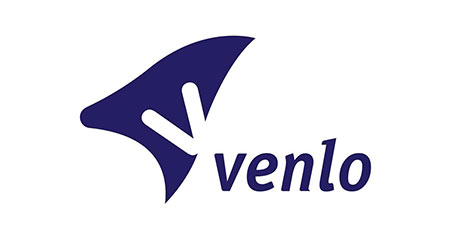
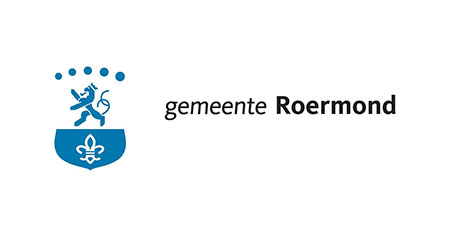
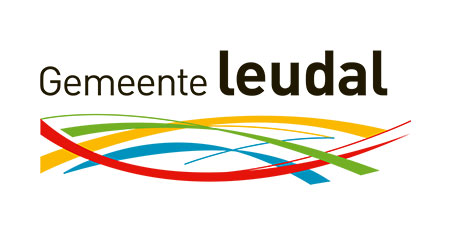
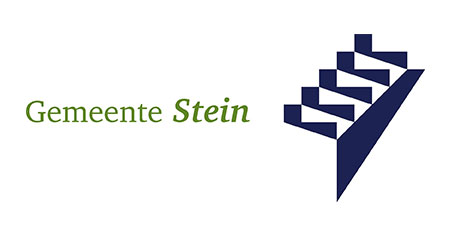
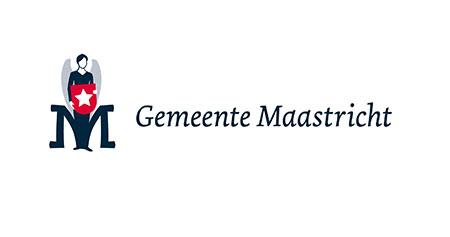

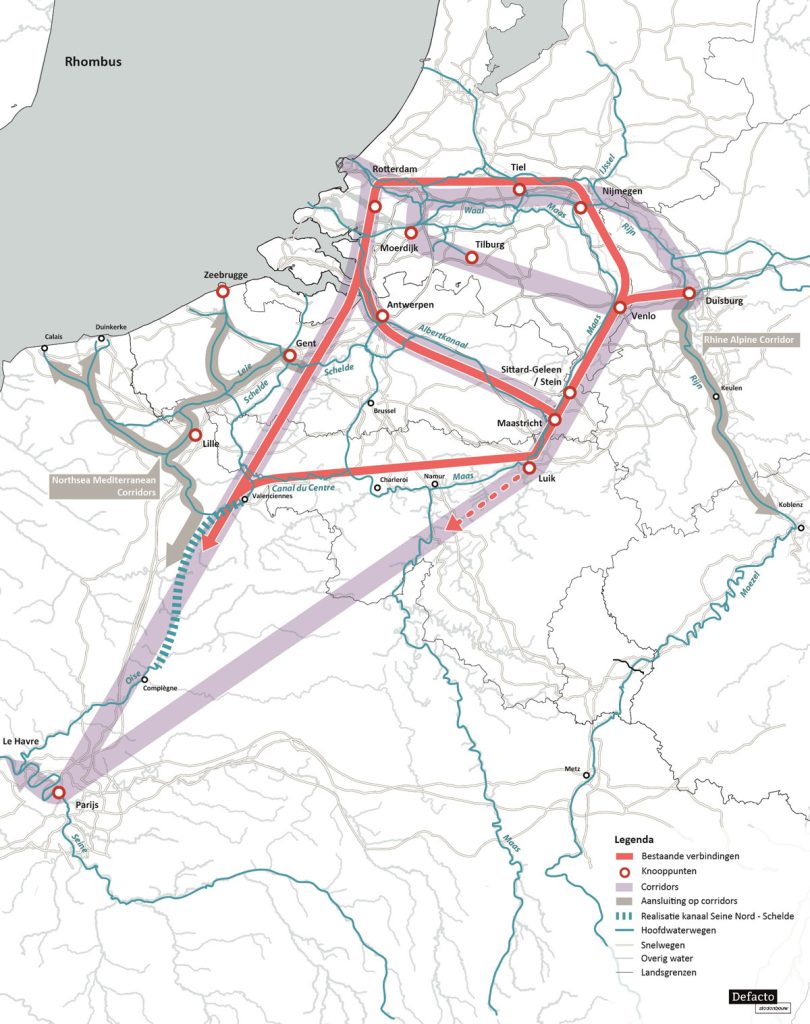
De Connecting Europe Facility (CEF) is een belangrijk financieringsinstrument voor meer groei, banen en concurrentievermogen in Europa. De CEF ondersteunt projecten die zich richten op de ontwikkeling en aanleg van nieuwe en gemoderniseerde infrastructuren in de sectoren transport, telecom en energie.
CEF-programma’s zijn gericht op duurzame investeringen in Europese infrastructuur. De nieuwe CEF (2021 – 2027) zal meer focussen op klimaatverandering, digitale connectiviteit en hernieuwbare elektriciteit.
TEN-T is het beleidsprogramma dat bij CEF Transport hoort. Op het TEN-T-netwerk zijn 9 kernnetwerkcorridors vastgesteld. Dit zijn de belangrijkste transportroutes door Europa over de weg, het water en het spoor, inclusief de belangrijkste (lucht)havens. 3 van de 9 corridors lopen door Nederland.
De Europese Commissie bouwt met CEF Transport aan het kernnetwerk en het uitgebreide transportnetwerk voor goederen en reizigers in Europa. Zo worden de belangrijkste knooppunten, overslagterminals, (lucht)havens en steden verbonden. Binnen de oproepen is steeds meer aandacht voor duurzaam, veilig en slim transport en reizigersvervoer.
CEF Transport en het TEN-T-beleid zijn ontwikkeld om knelpunten in het Europese transportnetwerk op te lossen. Dat kan door:
- de spoor- en treinsystemen in een grensgebied op elkaar af te stemmen, zodat treinverkeer sneller en gemakkelijker de grens kan passeren;
- een vaarweg te verbeteren, zodat transport van goederen efficiënter verloopt;
- innovatie en energiebesparing.

Venlo – voltooiing december 2023
Venlo speelt een belangrijke rol als de ‘extended gate’ van de zeehavens van Rotterdam, Antwerpen en Amsterdam. Als onderdeel van de voorgestelde actie zal de capaciteit aan de waterkant in Venlo worden uitgebreid om multi- en synchromodale overslag te stimuleren. De gemeente Venlo zal de upgrade realiseren in nauwe samenwerking met terminaloperator Hutchison Ports Venlo. Beide hebben een bewezen staat van dienst in complexe infrastructuurprojecten.


Heijen – voltooiing december 2023
De huidige waterafhandelings-faciliteiten op deze belangrijke locatie langs de Maas bereiken hun grenzen. Om verdere groei van wateractiviteiten mogelijk te maken, zal nieuwe openbare infrastructuur worden gerealiseerd. Teunesen Zand en Grint, ervaren in zowel transport door IWW als upgraden van waterinfrastructuur, zullen de upgrade realiseren.

Lanaken – voltooiing december 2021
De maximale capaciteit van de infrastructuur voor waterafhandeling is bereikt. Om de huidige en toekomstige overlading van de zeehavens van Rhombus naar het Europese achterland te waarborgen, wordt de infrastructuur aan het water verbeterd. Wessem Holding zal zijn ervaring gebruiken die is opgedaan bij het succesvol upgraden van de waterkantinfrastructuur in drie binnenhavens om de upgrade te realiseren.

Planmatig kader
Voor de planmatige aanpak is het “global project” ontwikkeld, dit betreft het Ruit-idee (in het Engels Rhombus is Ruit), hieronder weergegeven. Het Rhombus idee biedt de mogelijkheid om projecten in lange termijn ontwikkelingsperspectief te plaatsen en is door nationaal beleid gesteund (Topcorridors). Hierdoor kunnen de projecten ook beter gekoppeld worden aan de TEN-T corridor en krijgt het een Europees accent, wat van belang kan zijn in de CEF. Een ander voordeel van het Rhombus idee is dat ook minder kansrijke projecten door hun samenhang met eerdere projecten een hogere prioriteit krijgen.

Het idee van de Rhombus kan als volgt worden samengevat:
- Modal shift van weg naar water die bijdraagt aan congestievermindering op de belangrijke Europese (achterland)verbindingen van het TEN-T-kernnetwerk.
- Grensoverschrijdende benadering NL en B. Ook deel van NRW wordt aangehaakt doordat oostelijk bedieningsgebied van de Maas in NRW ligt.
- Rhombus biedt kansen voor een robuuster transportsysteem
- Door ruit-vorm is elke locatie tweezijdig te benaderen
- Door gestuwde Maas en Albertkanaal kent de Ruit een stabiel waterniveau en is dus minder afhankelijk van lage waterstand
- Bij 24/7-bediening is de Ruit altijd bereikbaar.
- Beoogde projecten langs de Ruit dragen bij aan het opwaarderen van de vaarroute naar minimaal Vb (deel is zelfs VI) en rechtvaardigen eerdere EU-investeringen in deze Ruit (verhogen bruggen Albertkanaal)
- Versterking van de duurzaamheid
- Een volwaardige Ruit draagt substantieel bij aan modal shift;
- Projecten langs de Maas dragen ook bij aan hoogwaterbescherming;
- Beperkte afstanden van de Ruit in combinatie met ‘pendeldienst’-model biedt goede kansen voor het uitrollen van het concept met elektrische en/of H2-schepen
- Ruit-model ondersteunt mainports én hinterlandhubs. Minder congestie in havens van Rotterdam en Antwerpen; meer lading voor de hinterlandhubs;
- Integraal model van mind-, soft- en hardware (afvaltransport, Clean Energy Hubs, digitalisering (voorspellen ETA en wachttijden, managementsysteem sluizen en bruggen)
- Rhombus zorgt voor link tussen Rhine-Alpine- en NorthSea-Med-corridor. Door beperkte afstand tussen Maas in Limburg en Rijn in NRW (50 km ) kan uitwisseling plaatsvinden tussen beiden corridors. Dit versterkt de resilience van beide EU-corridors (TEN-T).
- Het idee is ook positief voor militair transport (inmiddels ook een van de opgaven van het TEN-T-netwerk) vanuit de zeehavens naar het Duitse achterland. De knooppunten spelen daarin een belangrijke rol.
- Verdere ondersteuning van de economische ontwikkeling van de knooppunten langs de Ruit.
Overigens, het Rhombus idee is gedeeld met EC TEN-T corridor coördinatoren en met andere relevante partijen in Brussel tijdens de TEN-T fora eind november 2019, daar is contact gelegd met de Belgische overheden ten behoeve van projecten gesitueerd in België.

